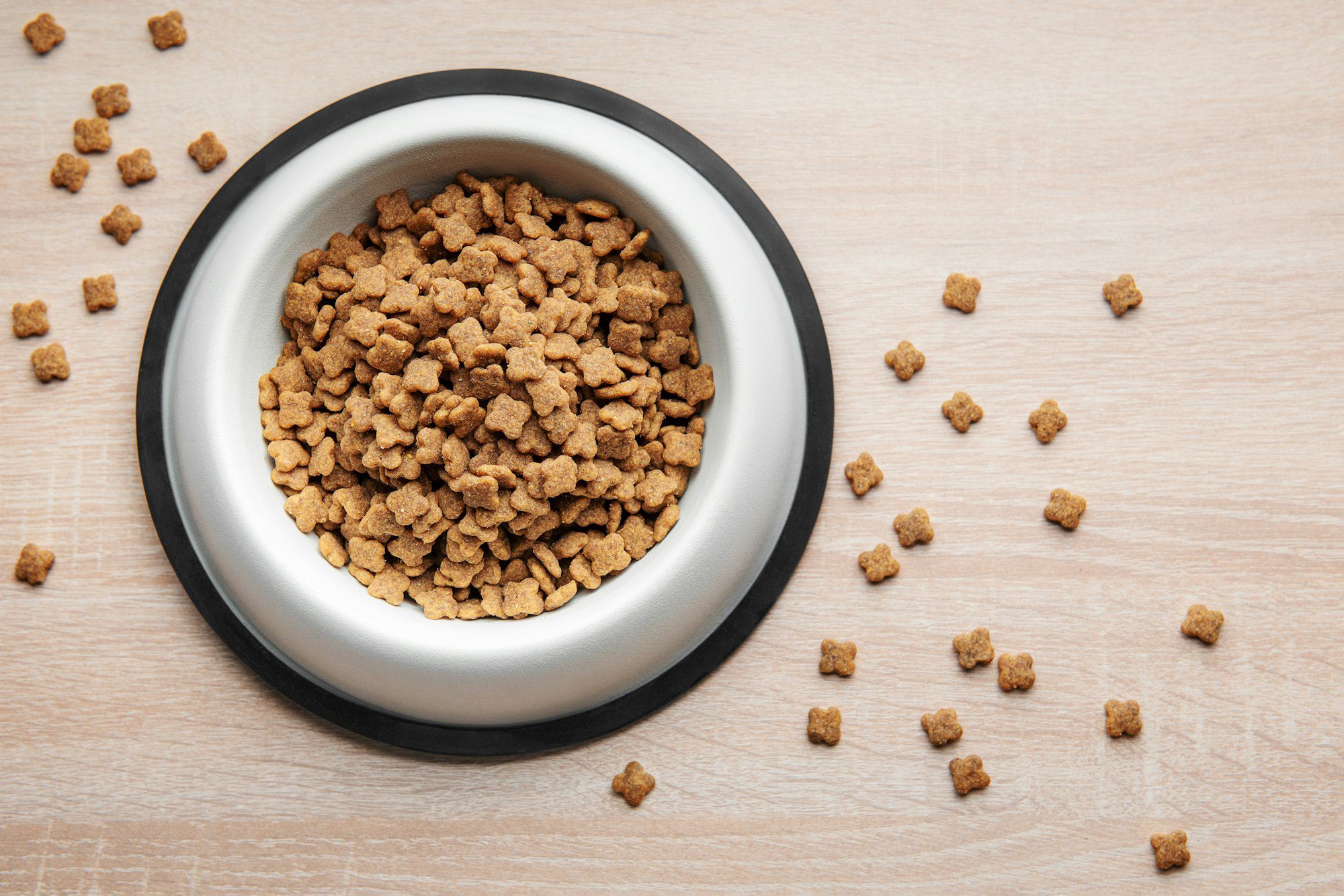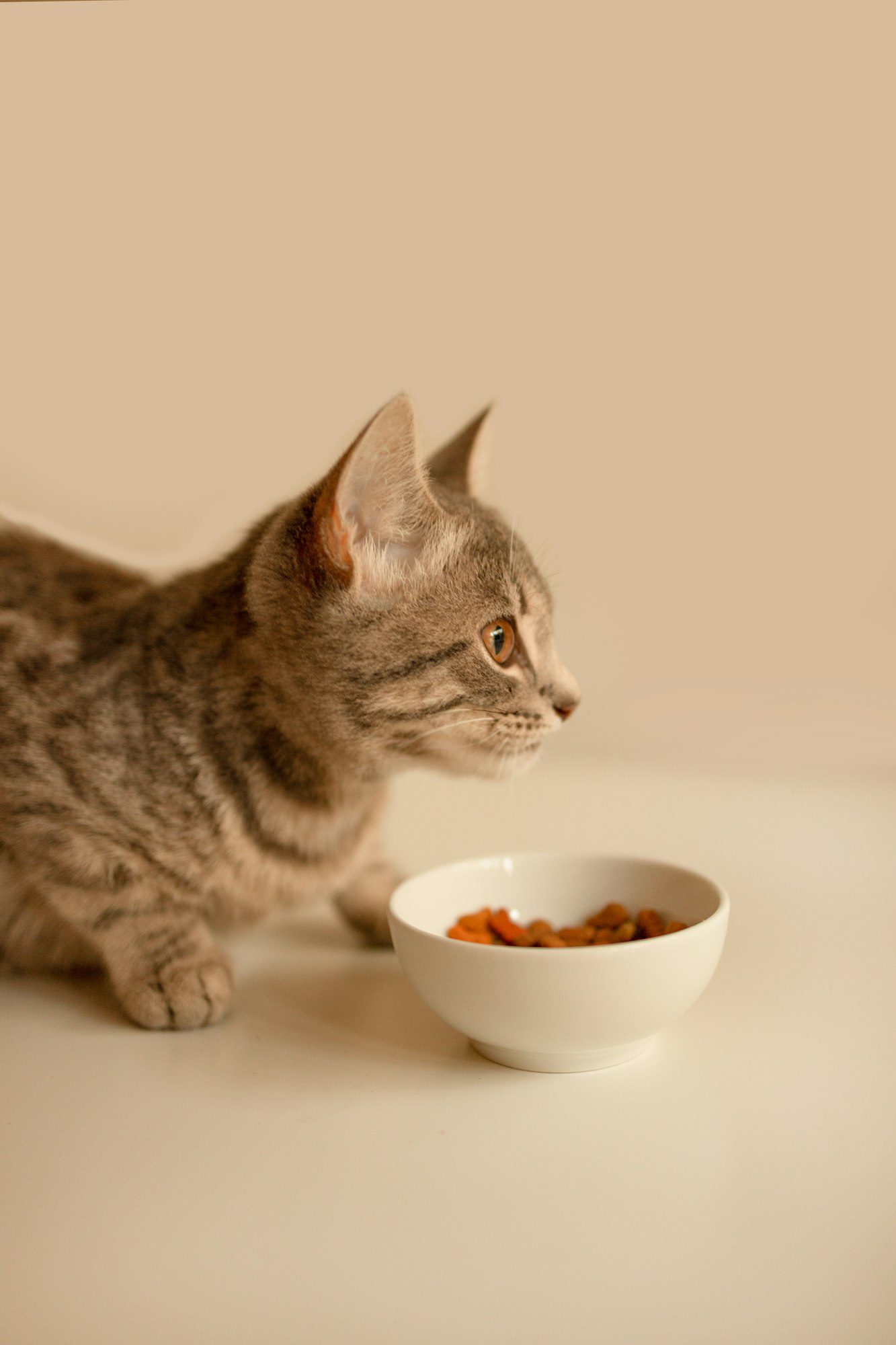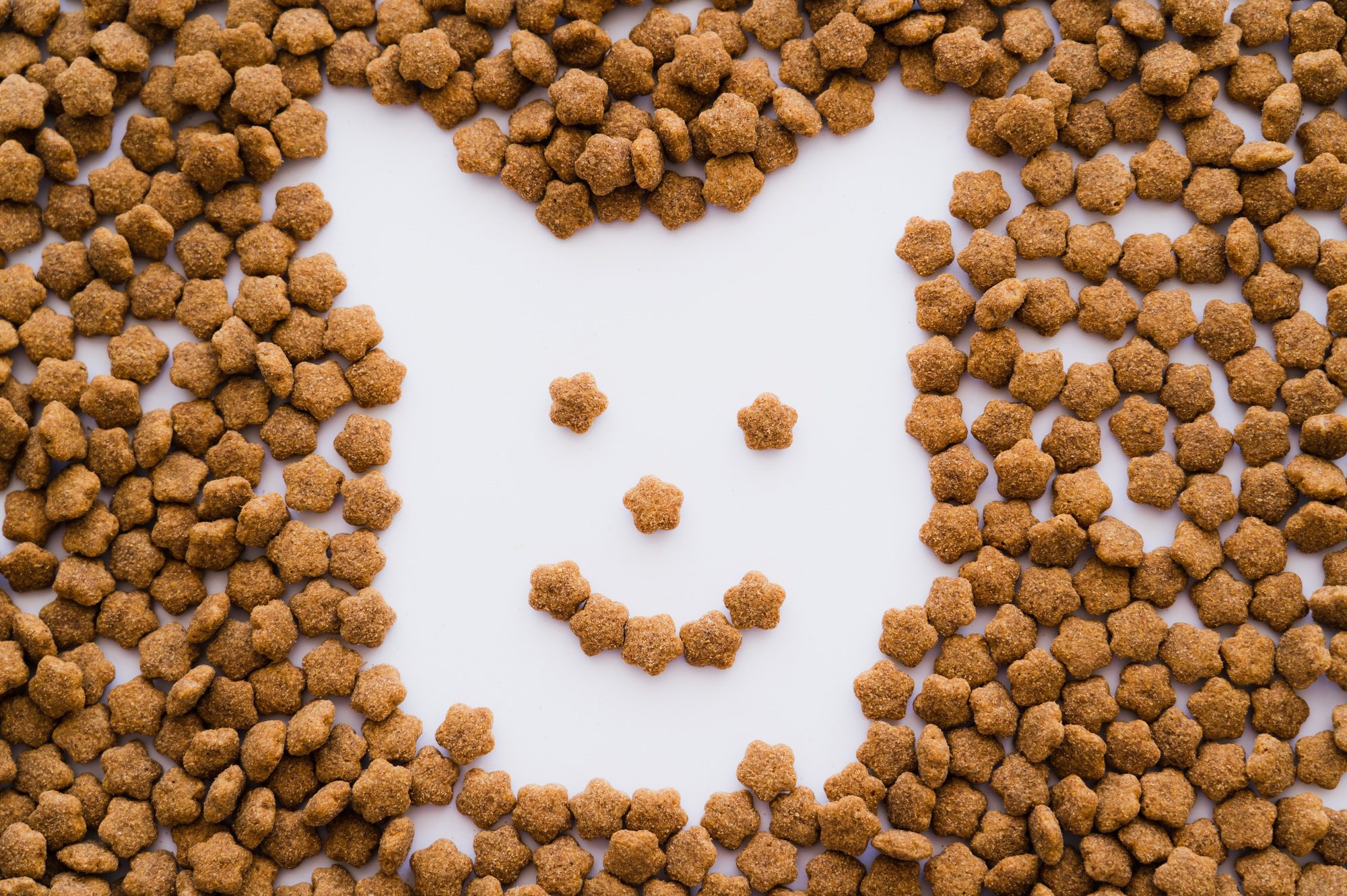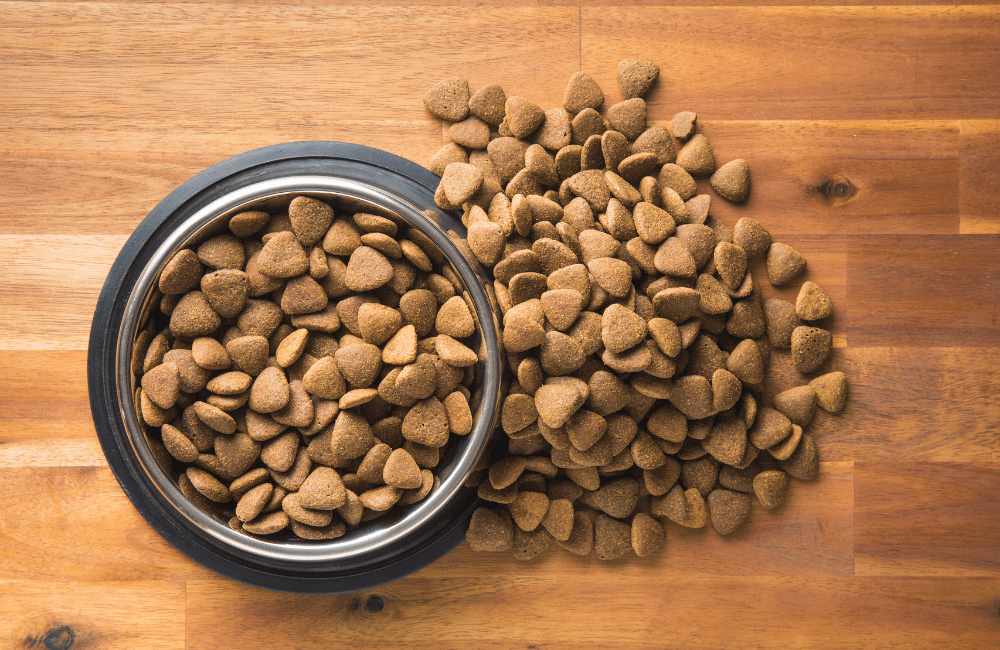Pet Food Palatability
Introduction:
Pet food palatability is a crucial aspect of ensuring that our furry friends not only consume a nutritionally balanced diet but also enjoy the dining experience.
Much like humans, pets have their preferences, and understanding the principles of pet food palatability is essential for pet owners, veterinarians, and pet food manufacturers alike.
In this comprehensive exploration, we delve into the science and art behind what makes pet food appealing to our beloved companions.

Nutritional Balance and Palatability:
Before diving into the intricacies of palatability, it’s essential to highlight the symbiotic relationship between nutritional balance and palatability.
A pet food product may boast optimal nutritional content, but if it fails to entice the pet’s taste buds, it may result in reluctance or refusal to eat. Striking the right balance between essential nutrients and flavor is the key to creating a palatable and nutritionally sound pet food.
Understanding Pet Palate Preferences:
Just as humans have varied taste preferences, dogs and cats exhibit individual differences in their palate preferences. These preferences can be influenced by factors such as breed, age, health condition, and even individual temperament.
For instance, some dogs may prefer meaty flavors, while others may lean towards a blend of meat and vegetables. Recognizing and catering to these individual differences is crucial for developing pet foods that appeal to a broad spectrum of tastes.

Texture Matters:
Palatability extends beyond flavors to encompass the texture of pet food. The crunchiness of kibble, the tenderness of canned food, or the chewiness of treats can significantly influence a pet’s enjoyment of a meal.
Texture also plays a role in dental health, as certain textures can help maintain oral hygiene by reducing plaque and tartar buildup. Striking the right balance in texture is, therefore, a critical consideration for pet food manufacturers.
Aromas and Flavors:
The olfactory senses of dogs and cats are highly developed, making aromas a pivotal aspect of palatability. Pet foods with enticing aromas can stimulate a pet’s appetite, even before they take the first bite.
Aromatic compounds from high-quality ingredients contribute to the overall palatability of the food. Understanding the specific aromas that appeal to different pets is an ongoing area of research, as it aids in tailoring pet food to meet individual preferences.
Ingredient Quality and Palatability:
The quality of ingredients used in pet food directly impacts its palatability. Fresh, high-quality ingredients not only contribute to the nutritional value of the food but also enhance its flavor. Conversely, lower-quality ingredients may result in a less appealing taste and aroma.
Pet owners are increasingly scrutinizing ingredient lists, demanding transparency and quality assurance from pet food manufacturers to ensure the overall palatability and safety of the products they feed their pets.

Palatability Testing:
Pet food manufacturers invest significant resources in palatability testing to refine their products. These tests involve observing pets’ reactions to different formulations, measuring factors such as consumption rates, preference rankings, and overall acceptance.
Palatability testing is a dynamic process that considers not only flavor and aroma but also the impact of various textures. Continuous refinement based on testing results ensures that pet food meets the evolving preferences of its consumers.
Nutraceuticals and Functional Ingredients:
The incorporation of nutraceuticals and functional ingredients in pet food is a growing trend aimed at enhancing both palatability and overall health.
These ingredients may include antioxidants, omega-3 fatty acids, and probiotics, which not only contribute to the nutritional profile of the food but also offer potential health benefits.
Pets may show a preference for food enriched with these functional ingredients, leading to increased palatability and improved overall well-being.

Avoiding Flavor Fatigue:
Pets, much like humans, can experience flavor fatigue if exposed to the same taste for an extended period. To prevent this, pet food manufacturers often offer a variety of flavors and formulations.
Rotating between different flavors can keep pets excited about mealtime and ensure they receive a diverse range of nutrients.
Conclusion:
In conclusion, the principles of pet food palatability are a multifaceted combination of nutritional science, sensory appeal, and a deep understanding of individual preferences.
Striking the right balance between flavor, texture, aroma, and ingredient quality is an ongoing challenge that pet food manufacturers continuously address through rigorous testing and research.
As responsible pet owners, being attuned to our pets’ unique preferences and nutritional needs allows us to make informed choices when selecting the best palatable and nutritious food for our furry companions.
Ultimately, the art and science behind pet food palatability contribute not only to the joy of mealtime but also to the overall health and happiness of our pets.













